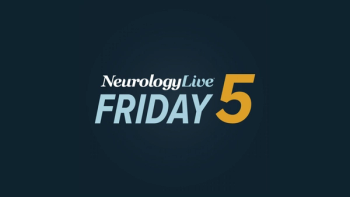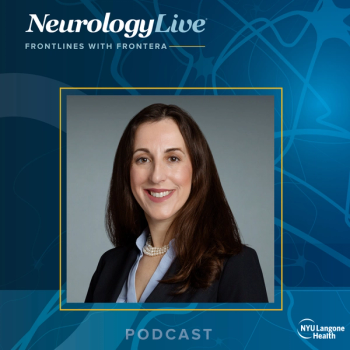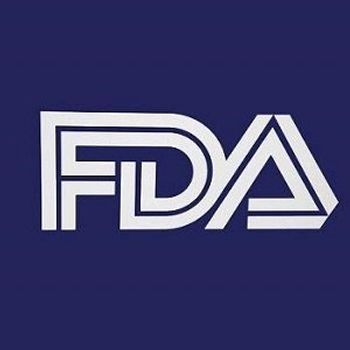
- April 2023
- Volume 6
- Issue 2
Favorable Safety Outcomes Observed in Ozanimod Over Diroximel Fumarate
The ozanimod group demonstrated significantly lower odds of safety outcomes such as nasopharyngitis, diarrhea, and urinary tract infection relative to diroximel fumarate.
Data from a matching-adjusted indirect comparison (MAIC) of ozanimod (Zeposia; Bristol Myers Squibb) and diroximel fumarate (Vumerity) in patients with relapsing-remitting multiple sclerosis (MS) indicated that the 2 disease-modifying therapies (DMTs) have comparable efficacy; however, ozanimod displayed a superior safety profile, with significantly lower risks of key safety outcomes.
Led by
Presented at the
Following matching, the risk ratio for annualized relapse rate (0.924; 95% CI, 0.646-1.324) and odds ratio for proportion of patients relapsed (0.997; 95% CI, 0.671-1.483) were similar between the treatment arms. In terms of safety, there were reduced odds of adverse events with ozanimod (OR, 0.877; 95% CI, 0.583-1.320); however, these were not statistically significant.
There were several differences in safety outcomes, including a significantly lower odds of discontinuation (OR, 0.089; 95% CI, 0.030-0.268) and serious AEs (OR, 0.290; 95% CI, 0.114-0.737) with ozanimod. Additionally, the therapy continued to outperform diroximel fumarate in other treatment-emergent AEs such as nasopharyngitis (OR, 0.466; 95% CI, 0.255-0.849) diarrhea (OR, 0.184; 95% CI, 0.072-0.473) and urinary tract infection (OR, 0.545; 95% CI, 0.297-0.999).
At the conclusion of the analysis, McGinley et al noted that "several limitations exist when performing an unanchored MAIC including unobserved confounding, the need for strong assumptions in the analysis, and potentially reduced sample size due to weighting of the treatment effect modifiers."
Ozanimod, an oral shingosine-1-phosphate receptor modulator, received FDA approval in May 2020, with findings from SUNBEAM and part B of the phase 3 RADIANCE study (NCT01628393) trials supporting the decision. These studies, which included more than 2600 adults, compared ozanimod to interferon beta-1a on the primary end point of ARR. In SUNBEAM, over a 12-month treatment period, the adjusted ARR were 0.35 (95% CI, 0.28-0.44) for interferon beta-1a compared with 0.18 (95% CI, 0.14-0.24) for the ozanimod 1.0-mg group and 0.24 (95% CI, 0.19-0.31) for the 0.5-mg group, for respective rate ratios of 0.52 (95% CI, 0.41-0.66; P <.0001) and 0.69 (95% CI, 0.55-0.86; P = .0013).
REFERENCES
1. McGinley M, Paul D, Branchcomb T, et al. A matching-adjusted indirect comparison of ozanimod to diroximel fumarate in patients with relapsing-remitting multiple sclerosis. Presented at: 2023 ACTRIMS Forum; February 23-25; San Diego, CA. Abstract P046
2. Comi G, Kappos L, Selmaj KW, et al. Safety and efficacy of ozanimod versus interferon beta-1a in relapsing multiple sclerosis (SUNBEAM): a multicentre, randomized, minimum 12-month, phase 3 trial. Lancet Neurol. Published online September 3, 2019. doi: 10.1016/S1474-4422(19)30239-X.
Articles in this issue
over 2 years ago
Promising Disease-Modifying Therapies in Parkinson Diseaseover 2 years ago
Managing Nonmotor Symptoms: Psychosis in Parkinson Diseaseover 2 years ago
Therapeutic Potential of IGF-1 and MECP2 in Rett Syndromeover 2 years ago
Therapeutics Aim at Modifying Alzheimer Diseaseover 2 years ago
Searching for the PD Holy Grailalmost 3 years ago
FDA Accepts Supplemental BLA for Traditional Approval of LecanemabNewsletter
Keep your finger on the pulse of neurology—subscribe to NeurologyLive for expert interviews, new data, and breakthrough treatment updates.




















